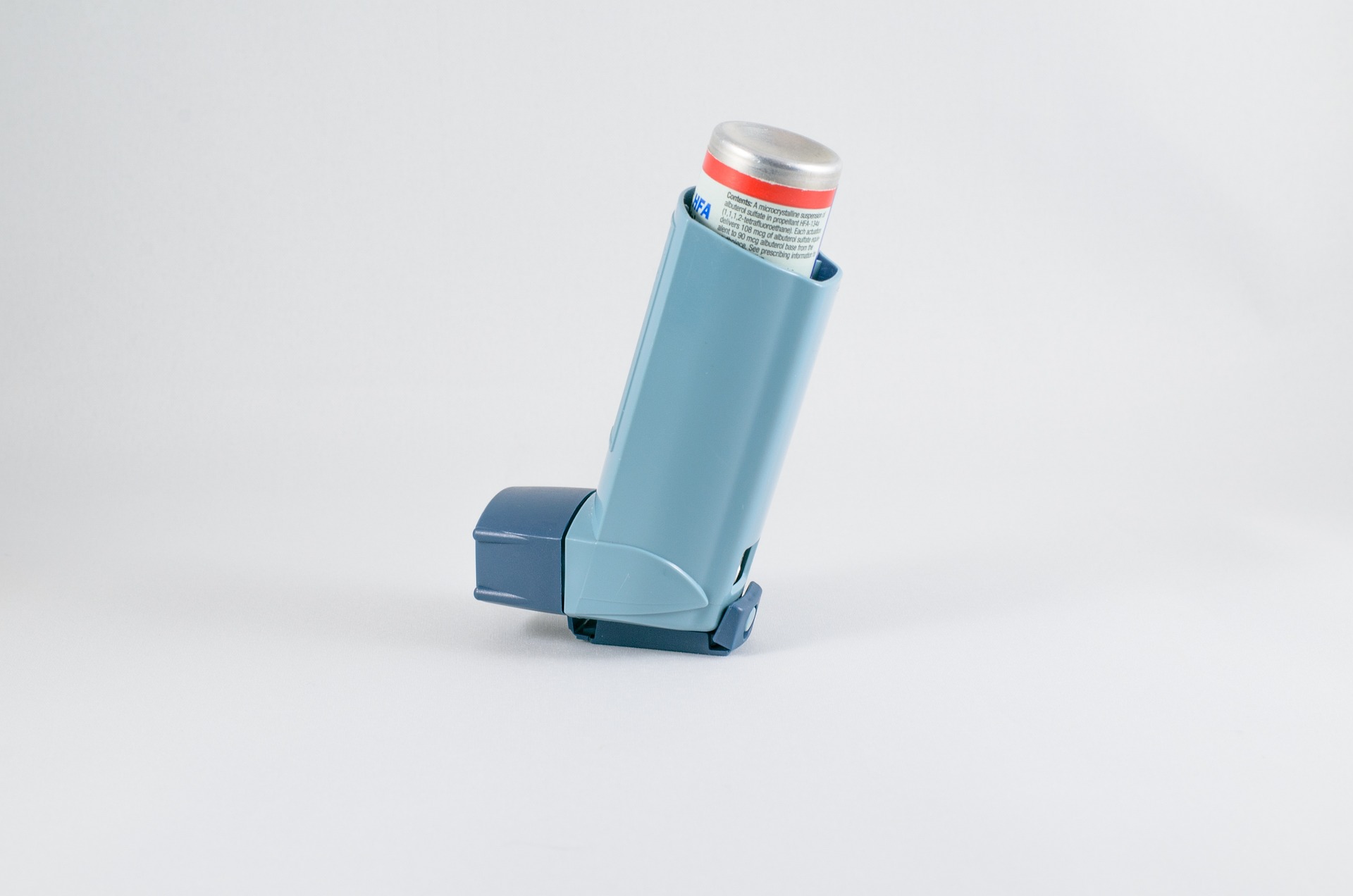How to Reduce Angioedema Swelling: Causes, Care, and Treatment Options
Angioedema swelling can appear suddenly and may have different triggers. This article explains common causes, early signs and symptoms, home care measures that may help, over the counter remedies sometimes used, medical treatments doctors may prescribe, and long term management strategies.

What Are the Common Causes of Angioedema Swelling and Its Triggers
Angioedema can be triggered by various factors, with allergic reactions being the most frequent cause. Common allergens include certain foods like nuts, shellfish, eggs, and dairy products, as well as medications such as ACE inhibitors, NSAIDs, and antibiotics. Environmental triggers may include pollen, pet dander, insect stings, and latex exposure.
Non-allergic causes include hereditary angioedema, a genetic condition caused by deficiencies in C1 esterase inhibitor protein, and idiopathic angioedema, where no specific trigger can be identified. Stress, infections, temperature changes, and certain medical procedures can also precipitate episodes. Understanding individual triggers is crucial for prevention and management strategies.
Identifying Early Signs and Symptoms of Angioedema
Early recognition of angioedema symptoms is essential for prompt treatment. The condition typically develops rapidly, often within minutes to hours of exposure to a trigger. Initial signs include asymmetrical swelling of the face, particularly around the eyes, lips, and cheeks, creating a characteristic puffy appearance.
Other symptoms may include swelling of the tongue, throat, or larynx, which can cause difficulty swallowing, speaking, or breathing. Patients might experience a tingling sensation in affected areas, abdominal pain, or nausea. Unlike hives, angioedema swelling is typically non-itchy and affects deeper tissue layers. Any signs of breathing difficulty, voice changes, or throat tightness require immediate emergency medical attention.
Home Care Measures That May Help Reduce Swelling
While severe angioedema requires medical intervention, mild cases may benefit from certain home care approaches. Immediate removal from known triggers is the first step. Cold compresses applied to swollen areas may provide temporary relief and help reduce inflammation.
Elevating the head while resting can help minimize facial swelling through improved drainage. Staying hydrated and avoiding known allergens are important supportive measures. However, individuals should never rely solely on home remedies for angioedema, especially if symptoms are worsening or affecting breathing. These measures should complement, not replace, appropriate medical treatment.
Over the Counter Remedies Commonly Used for Angioedema Relief
Several over-the-counter medications may help manage mild angioedema symptoms. Antihistamines, particularly second-generation options like loratadine, cetirizine, or fexofenadine, can help reduce allergic reactions and associated swelling. First-generation antihistamines like diphenhydramine may also be effective but can cause drowsiness.
Non-steroidal anti-inflammatory drugs (NSAIDs) should generally be avoided, as they can worsen angioedema in some individuals. Topical treatments are typically ineffective since angioedema affects deeper tissue layers. It’s important to note that over-the-counter remedies may not be sufficient for moderate to severe cases, and individuals should seek medical attention if symptoms persist or worsen.
Medical Treatments Prescribed for Angioedema
Healthcare providers may prescribe various treatments depending on the severity and underlying cause of angioedema. For acute allergic angioedema, epinephrine injections are the first-line treatment, particularly when airway involvement is suspected. Corticosteroids like prednisone may be prescribed to reduce inflammation and prevent symptom recurrence.
For hereditary angioedema, specialized treatments include C1 esterase inhibitor concentrates, icatibant, or ecallantide. Prophylactic treatments may include danazol or tranexamic acid for individuals with frequent episodes. In cases caused by ACE inhibitors, medication discontinuation is typically necessary, with alternative blood pressure medications prescribed as needed.
Conclusion
Managing angioedema effectively requires understanding its various causes, recognizing symptoms early, and implementing appropriate treatment strategies. While home care measures and over-the-counter remedies may provide relief for mild cases, medical supervision is essential for proper diagnosis and treatment planning. Individuals with recurrent episodes should work with healthcare providers to identify triggers and develop comprehensive management plans. Anyone experiencing severe swelling, particularly involving the throat or tongue, should seek immediate emergency medical care to prevent potentially life-threatening complications.
This article is for informational purposes only and should not be considered medical advice. Please consult a qualified healthcare professional for personalized guidance and treatment.




